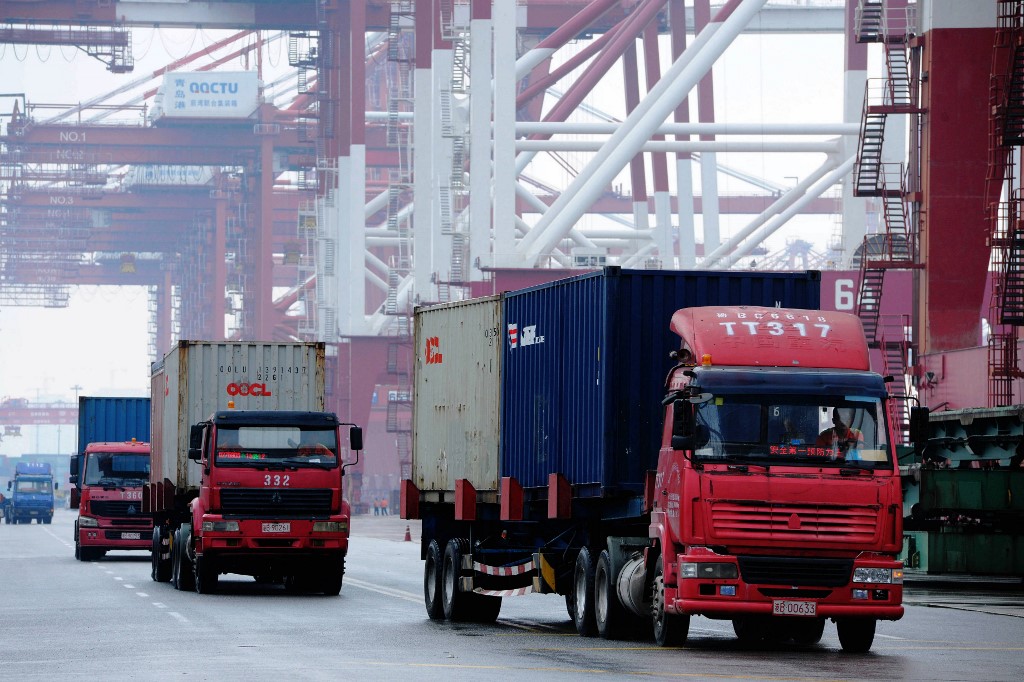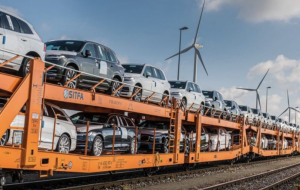(ATF) China may be talking a good game of carbon neutrality by 2060 as well as drastically reducing its greenhouse gas (GHG) emissions within the next 10 years, however the country has a long way to go to make those dreams a reality – including reining in the sale of new petrol- and diesel-burning vehicles.
On Thursday, the China Internal Combustion Engine Industry Association (CICEIA) said that China is expected to sell 80 million new internal combustion engines annually in the next five years, in line with previous years.
Internal combustion engines still dominate China’s auto industry and are also used in motorcycles, agricultural machinery, ships and power generators, the CICEIA said.
Xing Min, CICEIA secretary general, said that the auto industry expects the sources of fuel for engines to increasingly diversify to include natural gas, methanol and more, and to improve thermal efficiency in the next five years to lower overall carbon emissions.
One question remains however: Will it be enough? China remains by far the world’s largest automobile market, with annual sales of more than 20 million cars. That number is projected to increase over both the mid- and long-term, according to a McKinsey report on China’s automobile market.
NEV market to shine
However, some good news: Customers are increasingly having favourable views toward new energy vehicles (NEV) and as such are buying more of the environmentally friendly vehicles. The NEV market in China consists of battery-electric vehicles (BEVs), and plug-in hybrid electric vehicles (PHEVs). Market share for both has been growing rapidly due to increasing consumer acceptance, NEV knowledge, and strong government support.
The number of consumers willing to buy NEVs increased some 55% in 2019, from just 20% two years earlier, mainly attributed to higher income earners (making up 81% of the market) and a push by automakers, as well as local and central government perks, including licence plate approval, travel privileges, and other incentives, the McKinsey report added. Expanding charging station infrastructure is also lifting consumers’ confidence in NEVs.
Read More: China vehicle sales power ahead with 25 million units tipped for 2020
Meanwhile, vehicle sales in China continues to increase, rising 12.5% in October over the same period a year earlier. Total vehicle sales for the period reached 2.57 million, China Association of Automobile Manufacturers (CAAM) data showed.
Commercial vehicle sales, for their part, which make up around a quarter of the overall market, rose 30% for the month, driven by government investment in infrastructure and due to buyers upgrading to comply with tougher emissions rules.
It was the seventh-straight monthly rise in the world’s biggest vehicle market, and marks China’s continued recovery from the economic impact of the Covid-19 pandemic. Sales of NEVs also doubled to 160,000 vehicles, marking the fourth-consecutive month of gains for the vehicle class.
NGV to the rescue?
However, for China to reduce its greenhouse gases and meet its carbon-neutral goals, the trucking industry needs to continue transitioning from diesel to natural gas, including both liquefied natural gas (LNG) and compressed natural gas (CNG).
The tailpipe CO2 emissions for gasoline is 2.29 kg per litre, while emissions for burning diesel is 2.65, as such diesel is the dirtiest motor fuel. Natural gas, for its part, emits approximately 6% to 11% lower levels of GHGs than gasoline throughout the fuel life cycle.
When comparing the lifecycle emissions of the two types of natural gas, CNG and LNG are nearly identical, according to a report by the US Department of Energy Alternative Fuels Data Division.
Read More: China’s Great Wall plans to launch electric and smart car brand
LNG also offers cost competitiveness over diesel used for heavy-duty vehicles in China. Although vehicles manufactured to use LNG sell at a higher price compared with diesel vehicles, fuel cost savings can pay back this difference within a relatively short period of time, an IHS Markit report concluded in May.
The typical payback period to incentivise LNG heavy-duty vehicles purchasing is 18 month, the IHS Markit report added, given that the average life cycle of a heavy duty vehicle in China is around four to five years.
China had the world’s largest NG vehicle (NGV) fleet in 2019, placed at six million vehicles, but still only representing a dismal 3.7% of the country’s total fleet.
NGV incentive
However, given China’s increasing natural gas pipeline build-out with neighbouring Russia and the country’s increased LNG purchases and infrastructure build-out, the NGV industry has incentive to expand.
These gas pipelines have ensured that provinces that lack natural gas resources are able to access the fuel through this network. As such, gas needed to operate new LNG fuelling stations will now be increasingly available. Remote areas, however, could still cause headwinds as they are still far from the country’s gas grid.
In its 13th Five-Year Plan for Natural Gas Development, Beijing energy planners set a target for 12,000 LNG refuelling stations for vehicles by 2020. Figures from the country’s new plan will be released at the beginning of the year.
Given China’s net-zero ambition made earlier this year, the country’s next Five-Year Plan will be even more critical for an accelerated energy transition.
Much of that plan will need to focus on pivoting away from coal used in the power sector, replacing it with natural gas, renewables and, in time, green hydrogen, as well as reducing GHG from China’s massive number of motor vehicles.
To date, China leads the world in hydrogen production, but it makes the fuel by burning coal and uses it for industrial and chemical processes (such as producing ammonia for fertiliser). It should consider green hydrogen made via renewables and allocate it to other energy needs, including its transportation sector.























